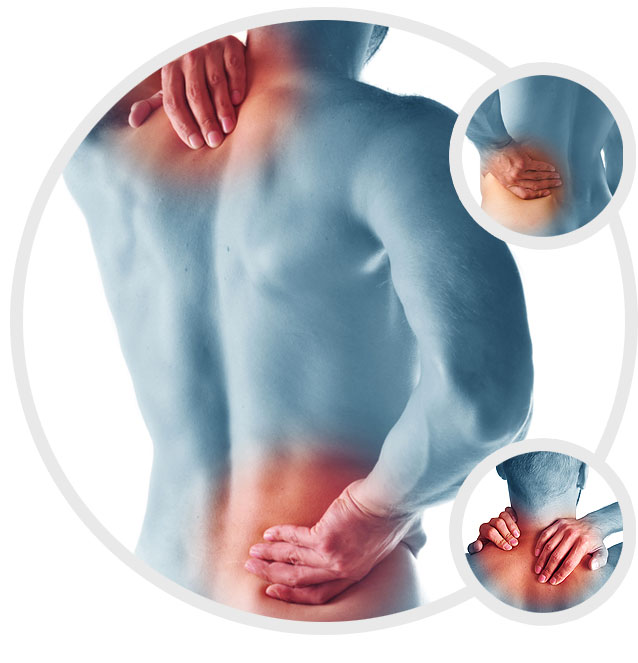Below you will find Evidence Informed information compiled by Dr Darren Beales (PhD) and Dr Tim Mitchell (PhD), the directors of Pain Options.
These are the first two questions you should ask about your back pain:
1. What caused my back pain?
In order to recover from back pain it is very helpful to understand how it started – as this helps guide what needs to happen for you to improve.
Back pain starts for three main reasons:
A specific incident or event
- This is the most easily recognised ‘injury’, and might involve a muscle injury, a joint sprain or a broken bone
- Initial management is based around allowing the injured tissues to recover, but early return to activity are also important for optimal recovery
Overuse / gradual onset
- Some daily tasks (at home or work) involve repetitive postures or movements. You may do the task for long periods of time. This can be a greater problem if you are in an awkward posture
- Pain associated with repetitive or prolonged tasks may involve some form of tissue overload injury. Treating the actual tissue injury is only part of the solution. You may also need to adjust how you do the task, how often you do it or work on your physical conditioning
- Looking at causes of your pain problem (both physical and personal factors) is an import part of rehabilitation and a long-term solution
No clear cause or reason
- Pain can start without a clear cause. This is referred to as ‘non-specific’ pain. Non-specific means there is no concerning injury or pathology – this does not mean it is not real or that there is nothing that can be done about it!
- A number of different factors (including sleep, exercise, mood, ill health, abdominal obesity and genetics) can ‘pre-sensitise’ our tissues to be more vulnerable to pain and injury
- While physical factors may have ‘triggered’ your pain, successful management will involve addressing all of the factors that may be contributing to the problem

2. Why is my back still sore?
Is usually takes about 6-weeks for tissues to heal after an injury (in some cases this can extend out to three months or more). So if you have had your back pain longer than this (or if you have repeated episodes of back pain), it is fairly likely that tissue damage is not the cause of your ongoing pain.
In some instances there may be an underlying problem that needs to be addressed. It can be helpful (and very reassuring) to be reviewed by an expert to work out if this is the case for you. Specialist Musculoskeletal Physiotherapists are one great option to give you clear information.
If there is no underlying problem identified, this is not to say that your pain is not real or that something can’t be done about it. Have a read of these fact sheets for further information:
The key to recovering from back pain is having a good understanding of what is going on and taking active control over your problem. See this fact sheet for simple tips on how to approach your pain: ‘I need to be an active participant’.
Although pain is influenced by a range of factors, there are often still physical factors that need to be addressed to help you get better. Posture is a common one, but perhaps not in the way you might think. See this article for an example of how different people often need VERY different approaches to posture retraining.
But remember – its certainly not all about posture or physical factors. Check out the Pain Health website for a great range of Evidence Informed information about pain in general as well as specific information on back pain.












